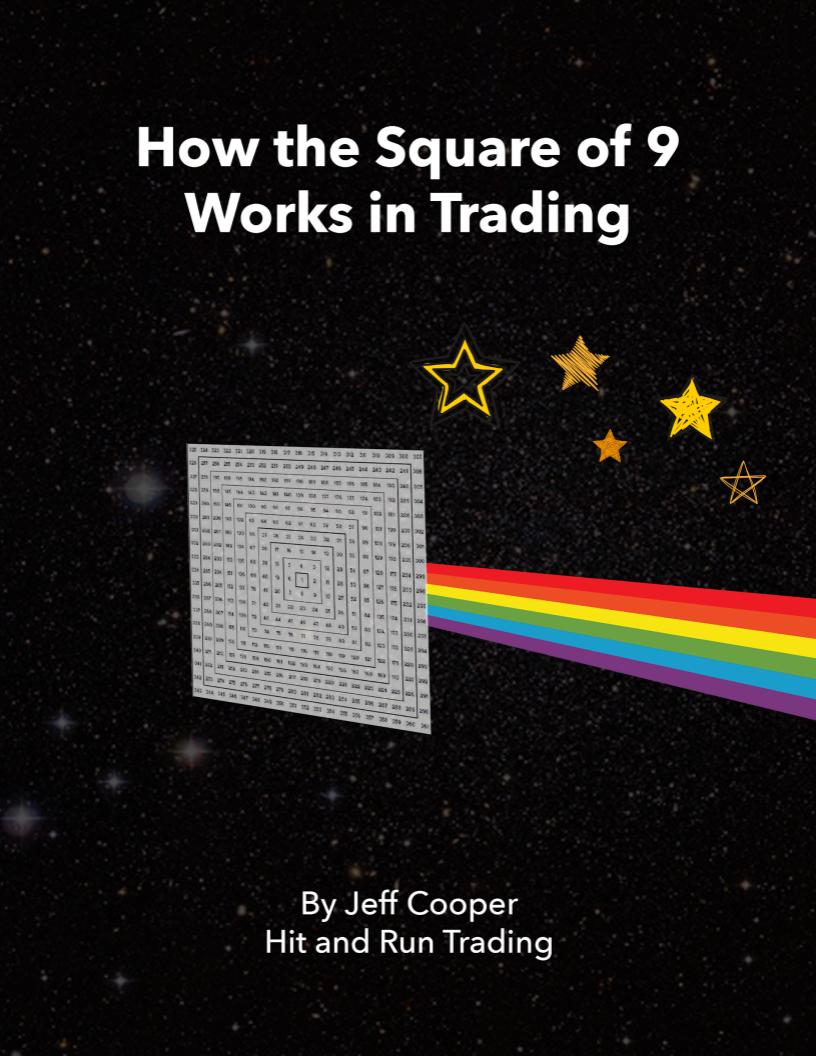Stocks In Buying Panic Zone
- February 16, 2021
- / By Jeff Cooper
“What do you think I’d see if I could walk away from me?” – The Velvet Underground, Candy Says
“It is the middle ground between light and shadow, between science and superstition, and it lies between the pit of man’s fears and the summit of his knowledge. This is the dimension of imagination. It is an area which we call the Twilight Zone.” – Rod Serling
Contrary to popular belief, the financial history of America has never been total Laissez Faire.
Government has always had its hand in the mix to help things along, inevitably with disastrous consequences.
But the Fed’s policies of the last 12 years have leapt from encouraging investment to an outright speculative orgy riddled with easy money schemes like SPAC’s.
Investors from Mars landed with an eye to putting some money to work, saw what was going on, and departed.
So at least there’s that — we don’t have to be afraid of an alien invasion. Wall Street scared the bejesus out of them.
Most people seem only to have heard of the panic in 1929… that is prior to the panic of 2020.
However, in the 230 odd years of the U.S. stock market, there has been a panic of major proportions every twenty years.
What this means is that unless one was too stupid to be frightened when they happened or unless you understood the nature of panics and sold at the right time…which is always “early,” the whole concept of keeping — versus making — money in the market is a myth.
To be sure, most brokerage house figures show that 95% of people do not sustain gains in the market.
The reason is obvious: the Panic Factor, about which so little is said or understood.
Yet, in order to make money consistently in the markets, the Panic Factor should be studied to enable us to panic less when others panic more.
That is why I created my Hit & Run Method versus Buy & Hold. The Hit & Run Method is Buy, Hold & Sell.
Currently we are in a panic… a Buying Panic. So we reach the first rule for navigating a panic: never underestimate its size. There is no “reasonable” reaction. Calculate rather to what extent man is prepared to destroy himself before his reaction to the situation has run its course.
The second rule, which particularly applies today, is: never underestimate the power of the politician… in this case, the Fed substitutes for politician because politicians have become too engrossed in grandstanding versus running the country.
One can say when a balloon has gone past the safety zone in size, but it is difficult to predict when exactly it will burst.
The popular narrative, the popular consensus, is that as long as the Fed is accommodative and keeps pumping air, the market will continue to expand.
This is how the modern version of 1929’s “permanent prosperity” seems to be working.
So in times of panic, up and down in the markets, one has to cease to be an investor and a fundamentalist and become a psychologist… AND a student of cycles.
Valuations and values of individual shares, price/earnings ratios mean very little or nothing. The only thing that matters is the panic factor in human nature.
As a student of market history, my aim in these morning reports is to measure cycles and when the powers that be having sufficiently intoxicated the stampeding herd, forestalling the inevitable, how much they are able to postpone cause and effect reaction and how much they will ultimately have to cope with when the delayed disaster is laid at their doorstep.
As Shakespeare’s Brutus said, “There is a tide in the affairs of men which take at the flood leads on to fortune.”
As W.D. Gann put it, “When time is up, the trend changes.”
Both statements revolve around the notion of cycles.
Can the market be timed and mapped?
One year ago, as I am wont to do, I went out on a limb calling a crash.
On the low day, March 23, the morning report stated, “I would not be surprised to see a quick run to 4000 SPX.”
I think 11 months suffices as quick for an 80% advance.
In sum, market participants are hand over fist buying hysterically over the prospects for pent up demand in a post-pandemic recovery.
They seem enraptured over the idea a Roaring Twenties type boom mirroring the decade after the Spanish Flu.
To wit, the largest cosmetic company in the world has adopted the theme. “L'Oreal Predicts 1920s-style boom for beauty.”
However, there’s a T Rex in the ointment.
The Roaring Twenties erupted after a two year bear market following the Spanish Flu.
We’re about to celebrate the anniversary of the 12th year of the start of a bull market.
Time, Price & Pattern suggest folks may be looking at the wrong end of the decade of the 1920s.
99.999% of traders have never even seen the Square of 9... let alone understand its potential.
Do you dare to be different?

Popular posts
99.999% of traders have never even seen the Square of 9... let alone understand its potential.
Do you dare to be different?

